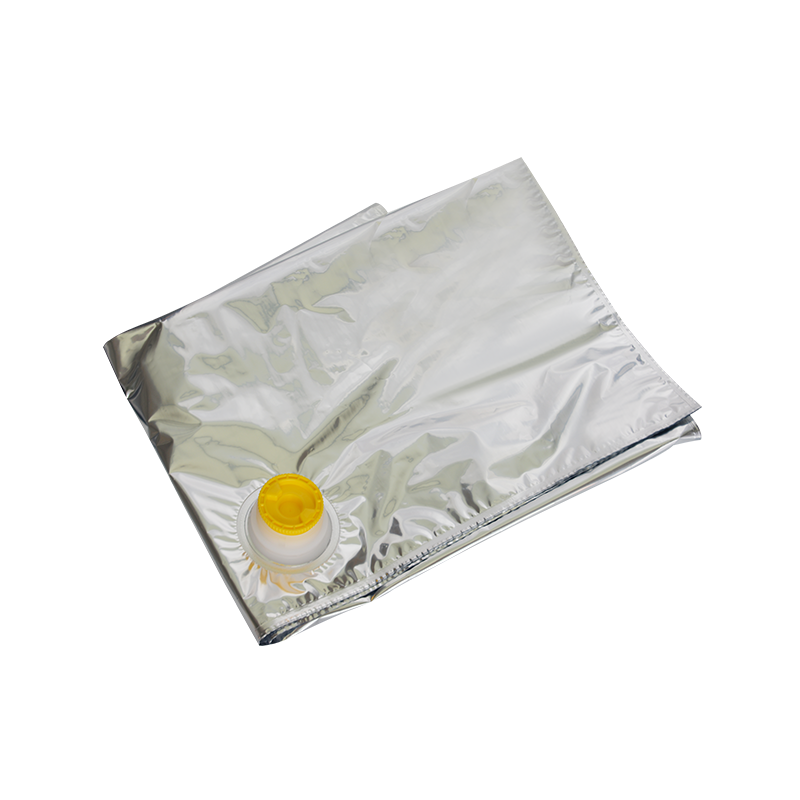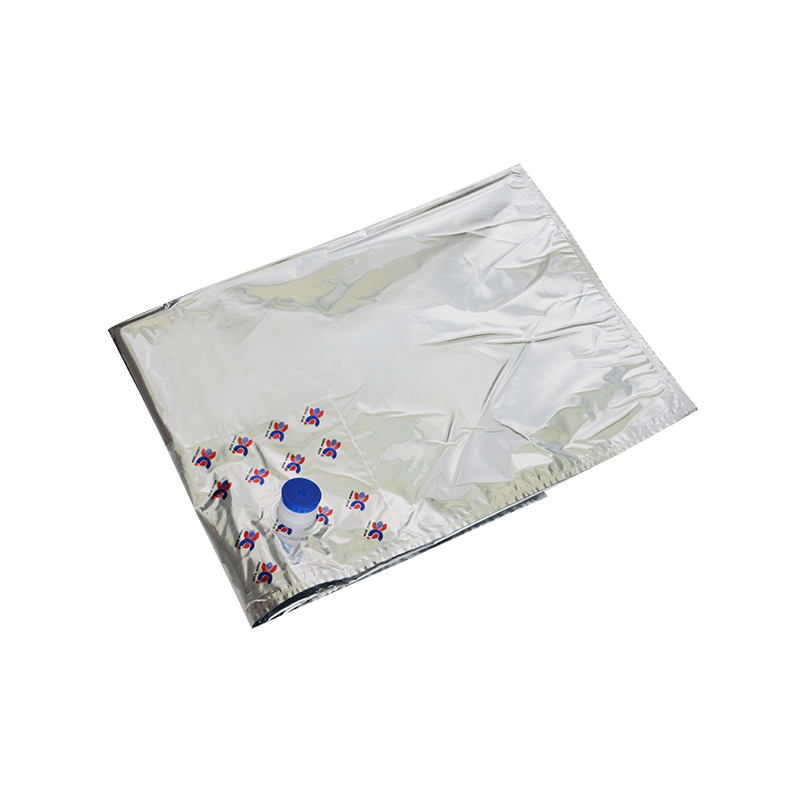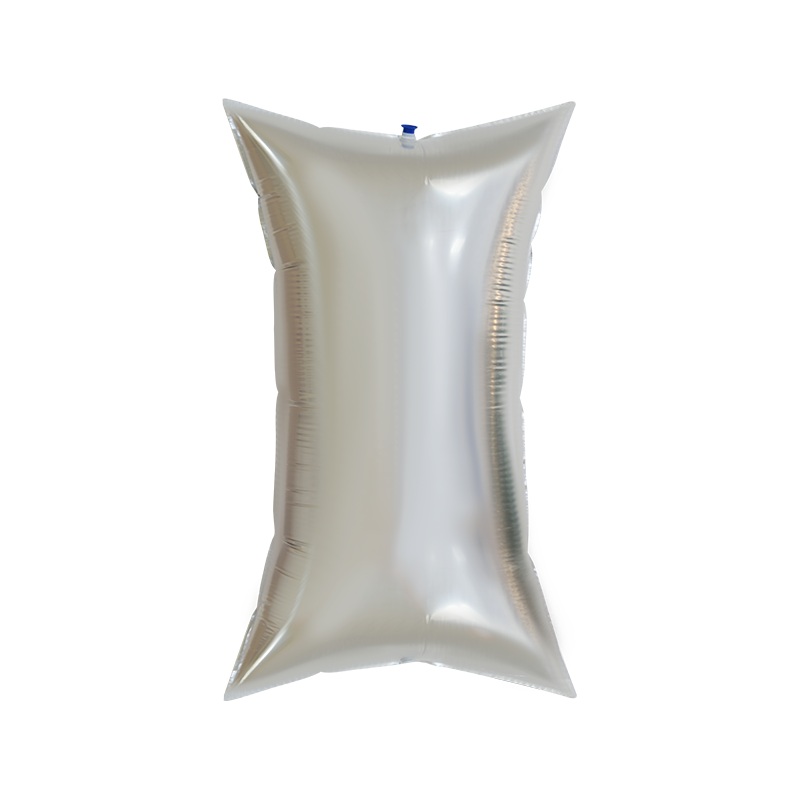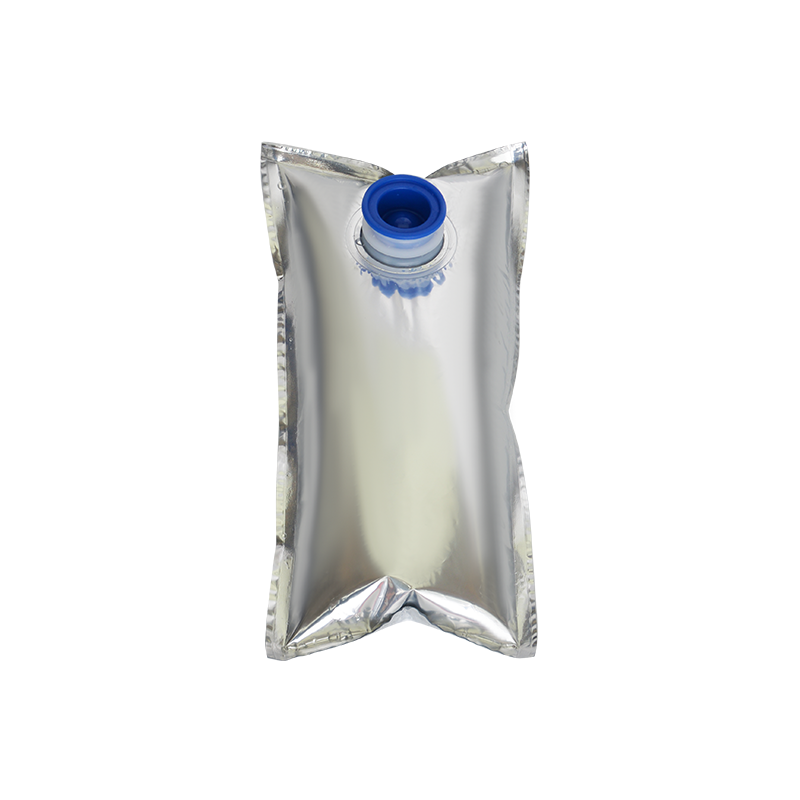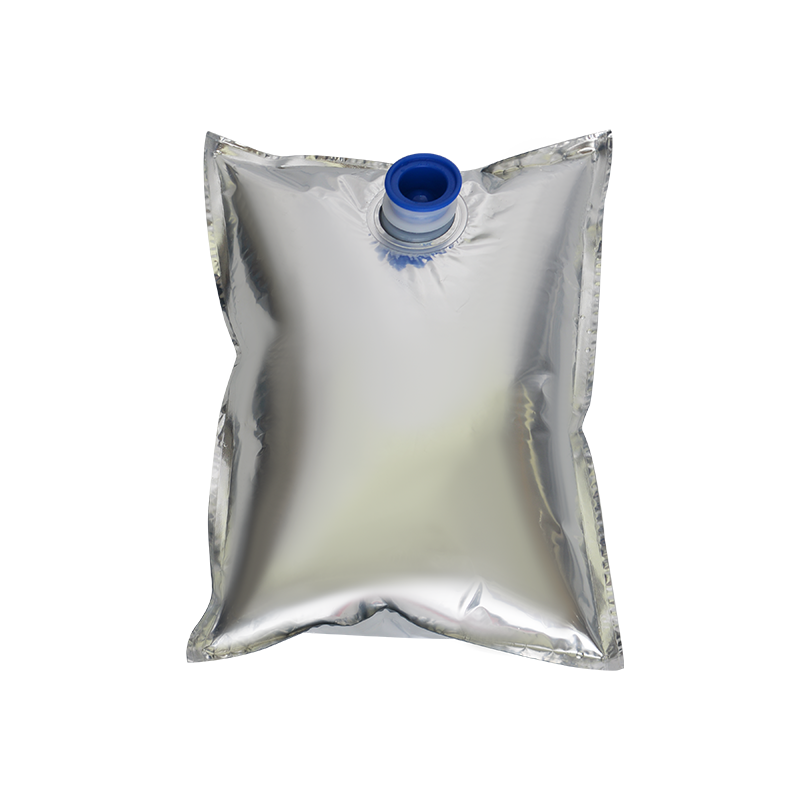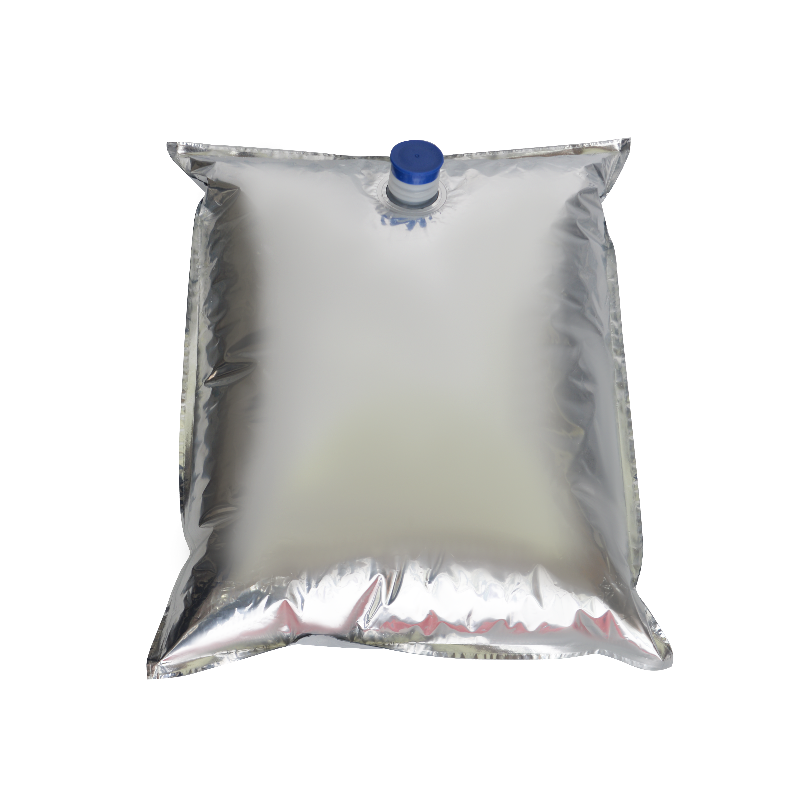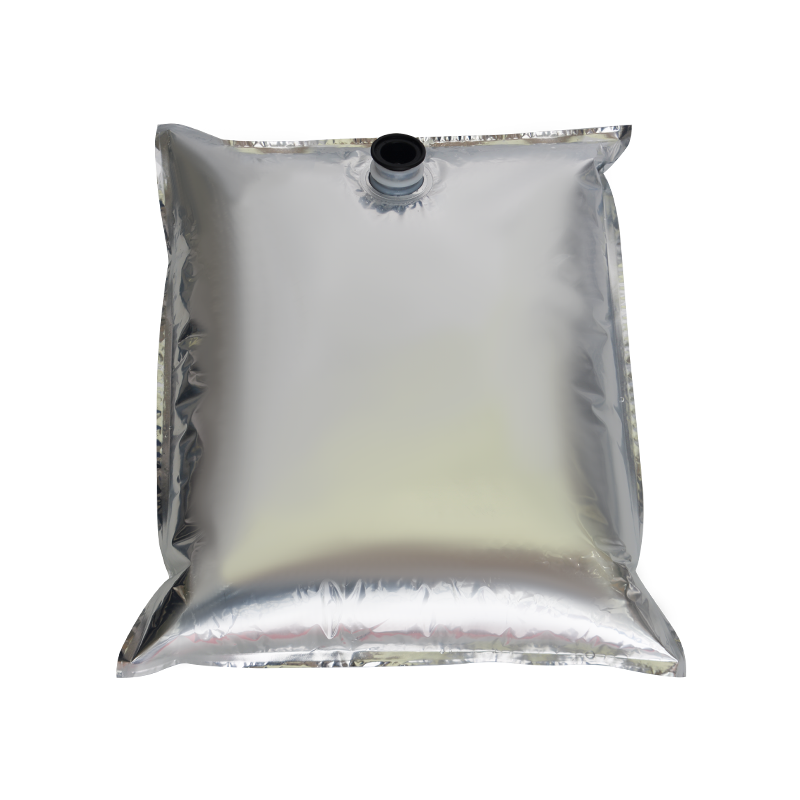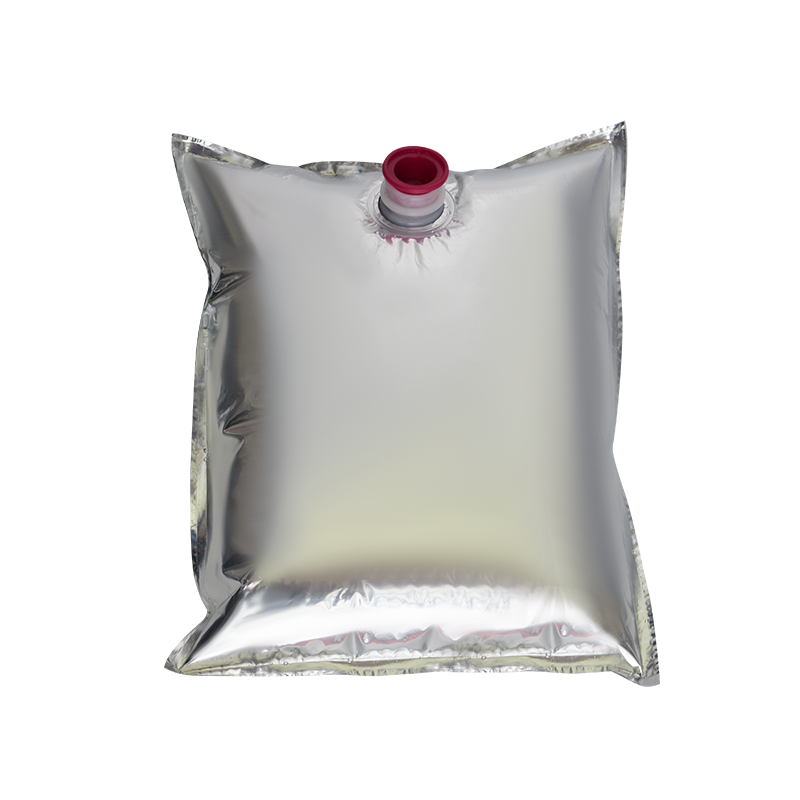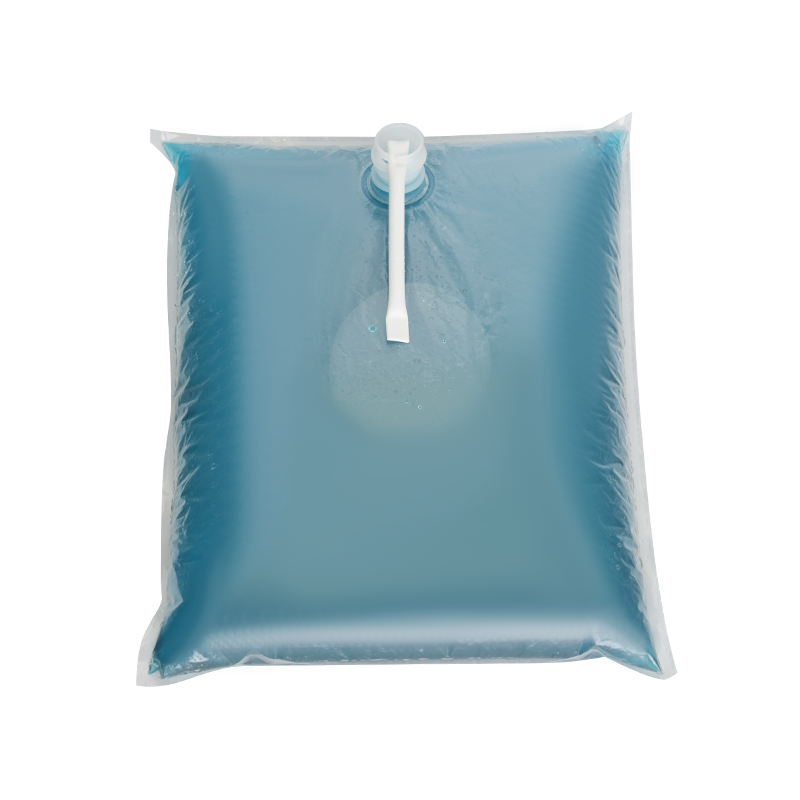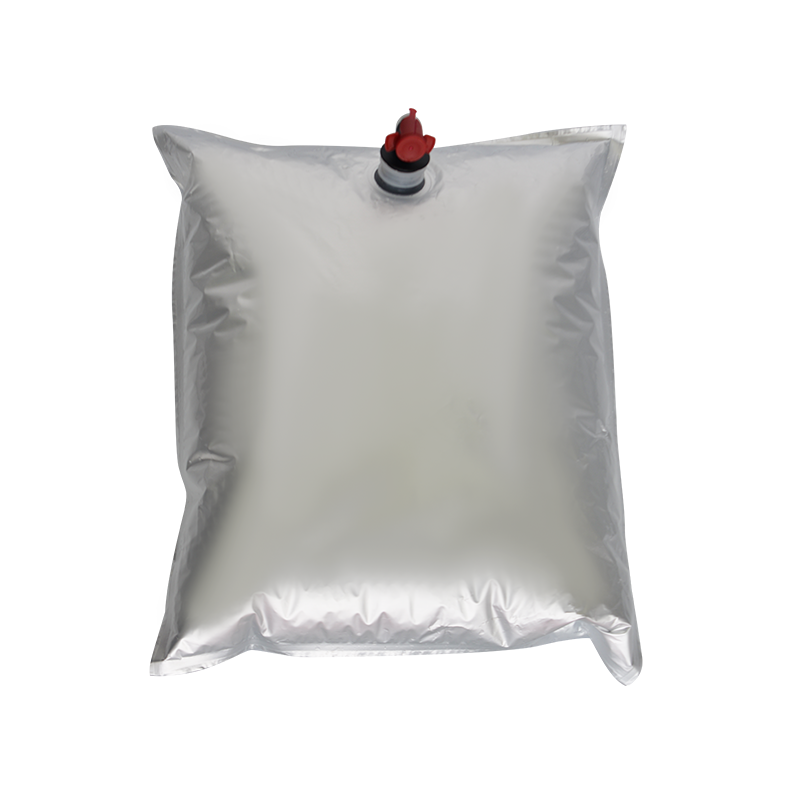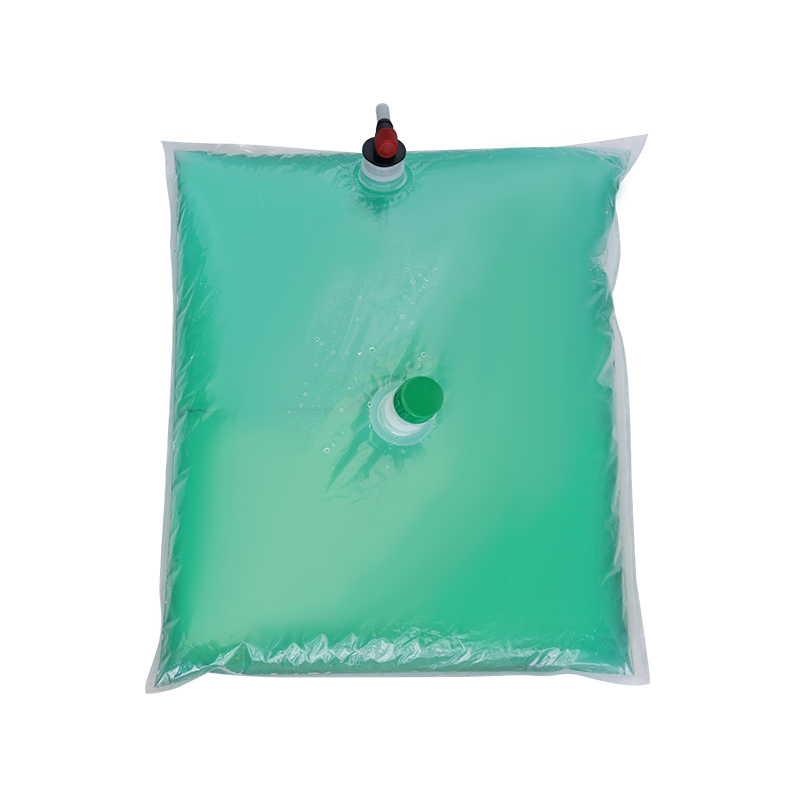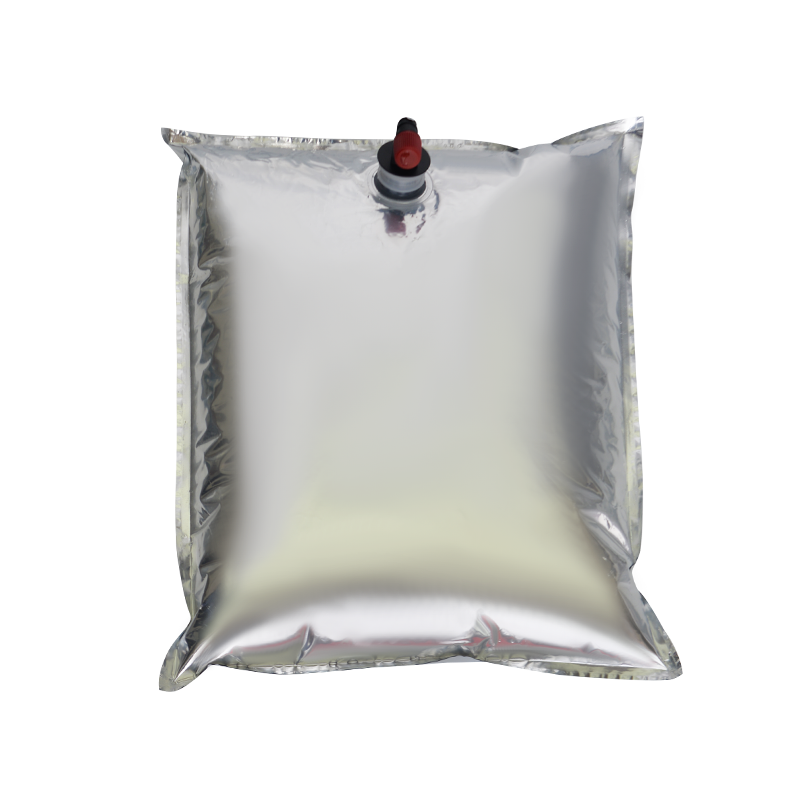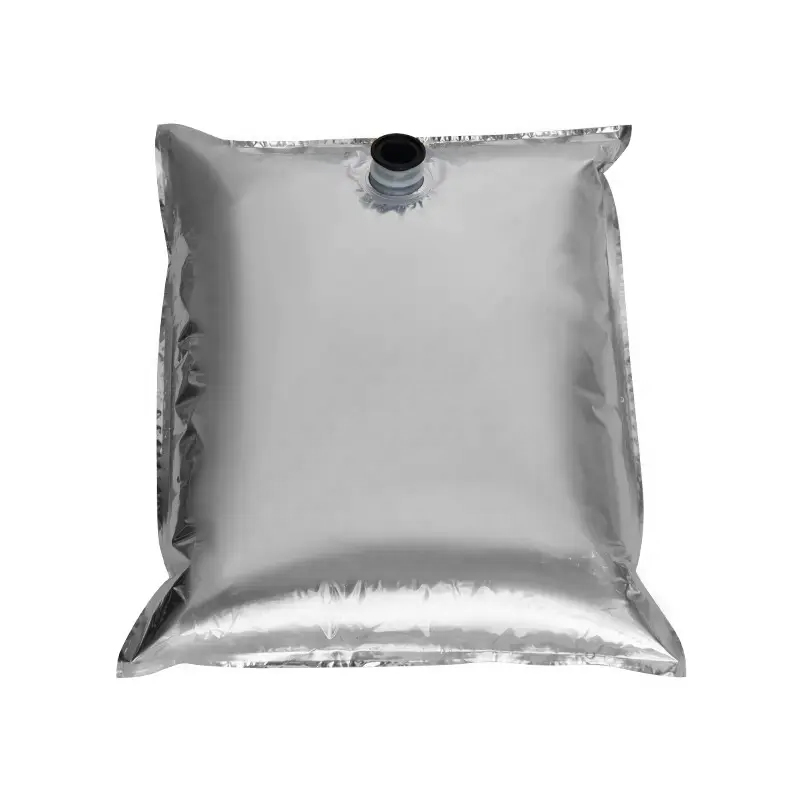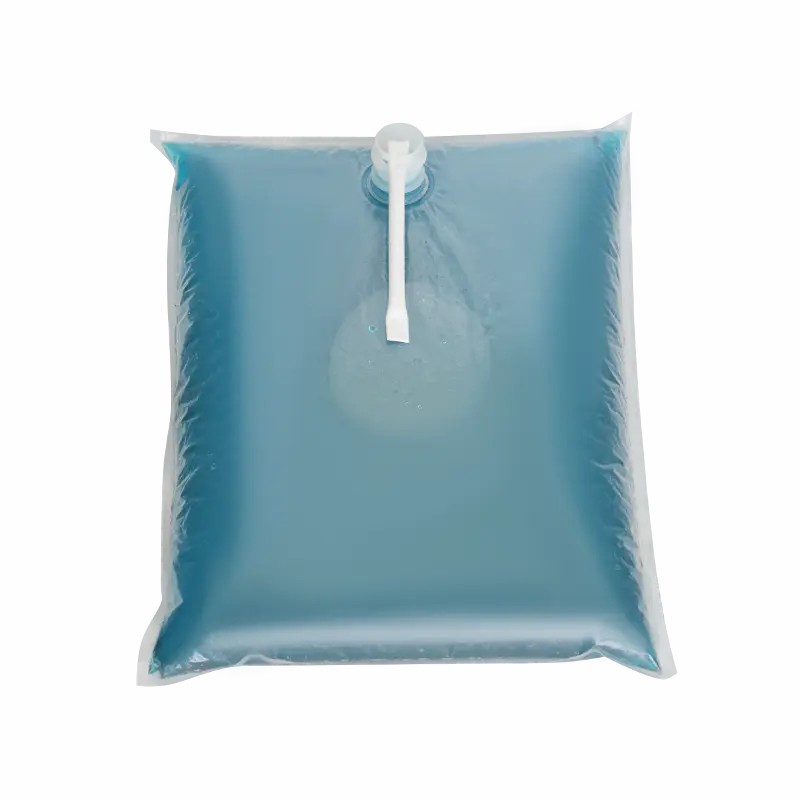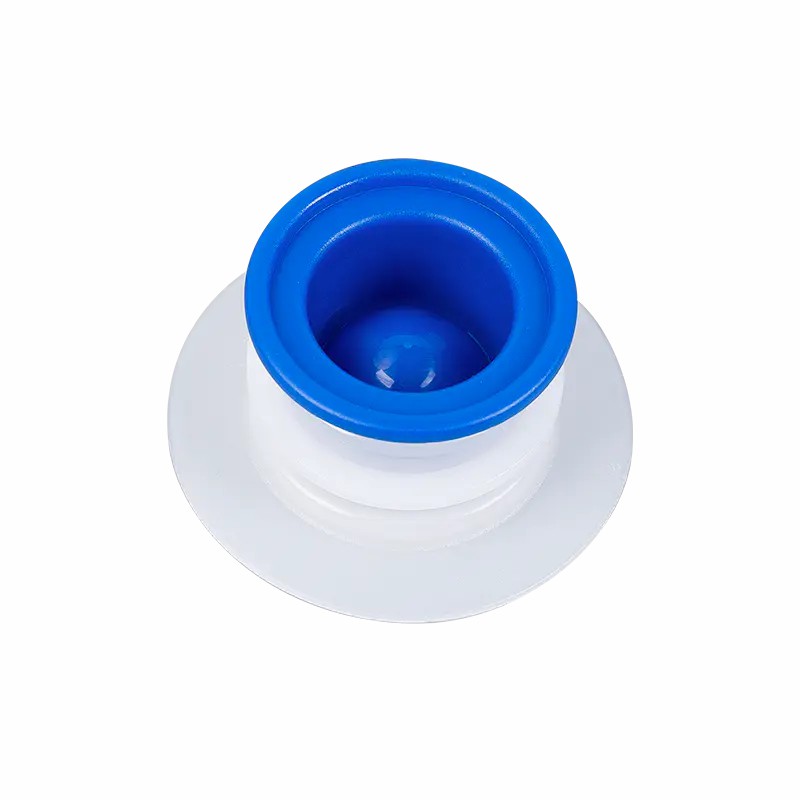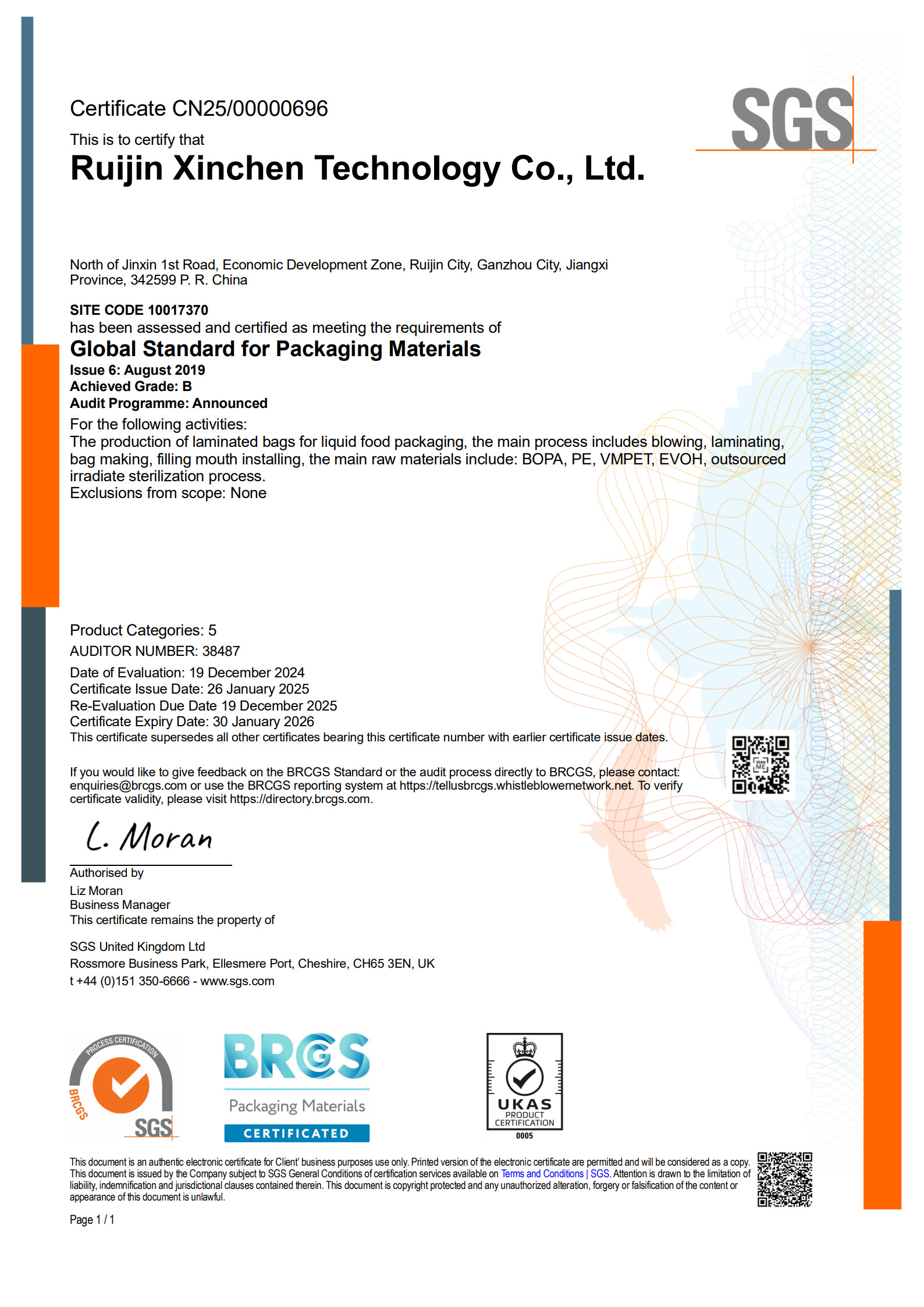
In today's rapidly developing packaging industry, Flexible Liquid Packaging Bags are leading a packaging revolution with their unique advantages. This seemingly simple but technological packaging form not only redefines the storage and transportation methods of liquid products, but also greatly improves the consumer experience, bringing unprecedented changes to many industries such as food, beverages, cosmetics and chemicals.
The core of flexible liquid packaging bags lies in the selection and design of their materials. Traditionally, liquid products are mostly packaged in hard containers such as glass bottles and plastic bottles. Although these containers are stable and durable, they have many inconveniences in transportation, storage and waste disposal. In contrast, flexible packaging bags use multi-layer co-extruded high-barrier film materials. Through precise manufacturing processes, they achieve efficient barriers to oxygen, water vapor, light, etc., effectively extending the shelf life of the product. These materials are usually lightweight and foldable, which greatly reduces the volume and weight of packaging, reduces logistics costs, and is more environmentally friendly.
Another highlight of flexible liquid packaging bags is their high flexibility and customization capabilities. Whether it is as small as a few milliliters of essence or as large as hundreds of liters of juice or milk, the size, shape and capacity of the packaging bag can be adjusted to meet the needs of different products. Through the innovation of printing technology, the surface of the packaging bag can present colorful patterns, text information and even QR codes, which not only enhances the attractiveness of the product, but also facilitates consumers to obtain product information and enhances the interaction between brands and consumers.
With the global emphasis on sustainable development, environmental protection has become a trend that cannot be ignored in the packaging industry. Flexible liquid packaging bags have shown significant advantages in this regard. On the one hand, its manufacturing materials are mostly recyclable or biodegradable materials, such as PLA (polylactic acid), which reduces pollution to the environment; on the other hand, the used packaging bags are small in size and light in weight, which is easy to collect and handle, reducing recycling costs. Many companies are also exploring the possibility of recycling packaging systems, through the process of recycling, cleaning and refilling, to achieve multiple uses of packaging and further reduce resource waste.
For consumers, flexible liquid packaging bags bring not only the convenience of carrying and using, but also a new consumer experience. Whether it is travel, outdoor adventure or daily commuting, lightweight and unbreakable packaging bags can easily cope with various scenarios. Some innovative designs such as squeezable nozzles and metering scales meet consumers' needs for precise dosage and easy control, and improve their satisfaction with use.

 English
English русский
русский